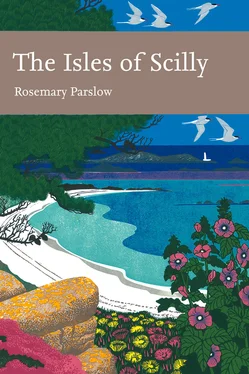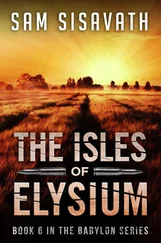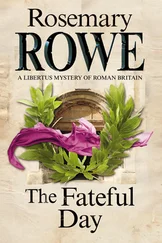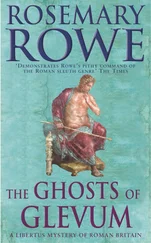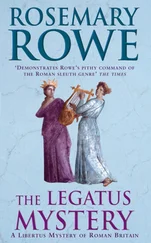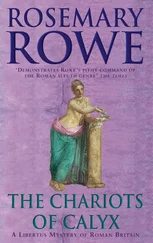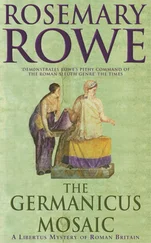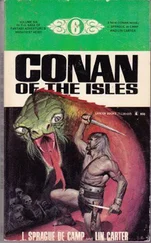Due to the climate and the geographical position of the islands there are some species, particularly plants, which are not usually easy for the holiday visitor to see. Certainly if you want to see some of the plants which flower in the middle of winter, such as some of the introduced aliens, German ivy Delairea odorata and some of the Aeoniums , then a visit at Christmas or New Year is essential. This is also a good time to find the tiny least adder’s-tongue fern Ophioglossum lusitanicum , a great rarity found in Britain only on the Channel Isles and on St Agnes in Scilly. Every month has its specialities, so there is always something to look out for at any time of the year. If your interests are more ornithological then everyone will recommend the spring and autumn migrations for the ‘falls’ of unusual migrants. In summer there are breeding seabirds, and a boat trip can take you out to see puffins, shags, guillemots, fulmars and other seabirds among the uninhabited islands – and there are also grey seals hauled out among the distant rocks. Even in winter there are peregrine and raven to look out for, and sometimes in cold weather large numbers of woodcock seem to fall out of the sky. For the other natural history groups, lichens, insects, fish or seaweeds, there are nearly always things to do and things to see!
It is not possible to write about the flora and fauna of the Isles of Scilly without considering all the other aspects that go to make them so unique. Their geography, geology and climate are intimately bound up with the history of the people of the islands, the way they have used the land, and present-day management. Over the next few chapters we will consider many of these aspects of the islands, as well as the major habitats found in Scilly – the heathlands, coastland, cultivated fields and wetlands. Each of the islands has its own unique character and special plants and animals – from St Mary’s and the inhabited smaller ‘off-islands’ to those uninhabited islands and rocks which are home to the rest of the islands’ wildlife. Then there are those people who have been important in the study of the island flora and fauna, the story of the rise in popularity of the islands for birdwatchers, the effect climate has had in shaping the flora and the escapes from cultivation which have now become established as part of the landscape. The sum of all these is what makes up the fabric of these unique and beautiful islands, the Isles of Scilly.
Compiling this book has taken a long time; it represents several decades of involvement with the Isles of Scilly, and it would never have been written without the help and encouragement of many people. There are too many individuals to mention everyone, but I hope that they will understand that I am hugely grateful to them all. The real generosity of those naturalists who allowed me free access to their work and who commented on sections of the text has made it possible for me to include many aspects of flora and fauna about which I know very little.
The artwork in this book has been selected from a huge volume of material I have been offered; unfortunately I could only use a small selection. Many of the photographers and artists also helped in other ways, with information and comments. For permission to use their material I would like to acknowledge Andrew Cooper, Paul Gainey, Sandra Gibson & Frank Gibson (Gibson Collection), Martin Goodey, Richard Green, Mark Groves, Alma Hathway, Ren Hathway, David Holyoak, Chris Hopkin, David Mawer, Paul Sterry, Bryan Thomas, Ian Wallace, the Isles of Scilly Museum (for Hilda Quick woodcuts) and the Cornwall Archaeological Unit and Jeanette Ratcliffe. I consulted libraries at the Cornish Studies Library, Redruth, the Natural History Museum, London, and English Nature (now Natural England), Truro.
I am very grateful to the many people in the Isles of Scilly who have helped in so many ways, although space does not allow me to mention them all. In particular I thank Martin Goodey, Anne and Mike Gurr, Ren Hathway and Jo Wrigley, Wendy Hick, Francis and Carol Hicks, Johann Hicks, Lesley and David Knight, Jim Liddon, Julie Love, Amanda Martin (IOS Museum), Cyril Nicholas, Steve and Julia Ottery (and the Museum Flower Ladies), Adrian and Mandy Pearce, Penny Rodgers.
Specific help and comments on individual chapters and topics were generously given by Jon Akeroyd, J. F. Archibald, Ian Bennallick, Sarnia Butcher, Adrian Colston, Bryan Edwards, Bob Emmett, Chris Haes, Steve Hopkin, Julia MacKenzie, Rosalind Murphy, John Ounstead, Helen Parslow, John Parslow, Mark Phillips, Peter Robinson, Katherine Sawyer, Sylva Swaby, Andrew Tompsett, Stella Turk, Steve Westcott and Will Wagstaff Keith Hyatt not only read all the first draft text but found lots of useful snippets of information as only he can; Ian Beavis freely allowed use of all his material on Aculeate Hymenoptera and other groups; Jeremy Clitherow and Alison Forrester (English Nature) gave me access to many unpublished reports and other scientific information; David Mawer (IOSWT) has been a constant source of information on all aspects of natural history in the islands. The Isles of Scilly Bird & Natural History Review published by the ISBG has also been a rich source of recent information.
I must also acknowledge the team at HarperCollins, especially Richard West, who read the first draft, Helen Brocklehurst and Julia Koppitz, and above all Hugh Brazier, for many improvements to the text.
To my son Jonathan (Martin) Parslow and daughters Annette and Helen, who shared the early visits to Scilly and still love Scilly as much as I do, I dedicate this book.
CHAPTER 1 An Introduction
It’s a warm wind, the west wind, full of birds’ cries; I never hear the west wind but tears are in my eyes.
For it comes from the west lands, the old brown hills, And April’s in the west wind, and daffodils.
John Masefield, The West Wind
ALTHOUGH MASEFIELD probably did not have the Isles of Scilly in mind when he wrote those lines, they often remind me of the islands. In the early days of the year the low hills are brown with dead bracken stems and heather and there are daffodils and narcissus everywhere (Fig. 1). Seabirds wheel and call and often the climate is quite mild and balmy.
The rocks and islands that form the Isles of Scilly are located about 45 kilometres (28 miles) southwest of Land’s End. Mysterious, romantic and beautiful, they have long exercised the imagination of storytellers and historians, and legends abound that the Isles were once the lost islands of Lyonnesse or the undersea land of Atlantis. Or they may have been the islands known to the Greeks and Romans as the Cassiterides, the Tin islands, although there is little evidence of there having ever been any significant tin-mining on the islands.
The hills in Scilly are not high: most are under 45 metres, and the highest point is near Telegraph on St Mary’s, 49 metres above chart datum. The Isles of Scilly archipelago forms a roughly oval-shaped ring of islands in shallow seas of fewer than 13 metres in depth, except for the deep channels of St Mary’s Sound between St Agnes and St Mary’s, Smith Sound between St Agnes and Annet, and the deep waters towards the Western Rocks. Among the main group of islands are extensive sand flats the sea barely covers, with less than three
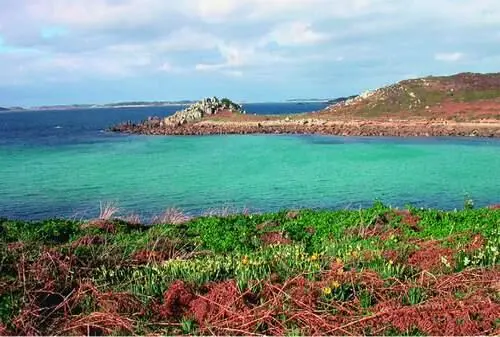
FIG 1.February on St Agnes, with daffodils flowering among the dead bracken. (Rosemary Parslow)
metres depth of water over much of the area at high tide, and with wide sand spits and shallows. At low water St Martin’s may be inaccessible by launch.
Читать дальше
